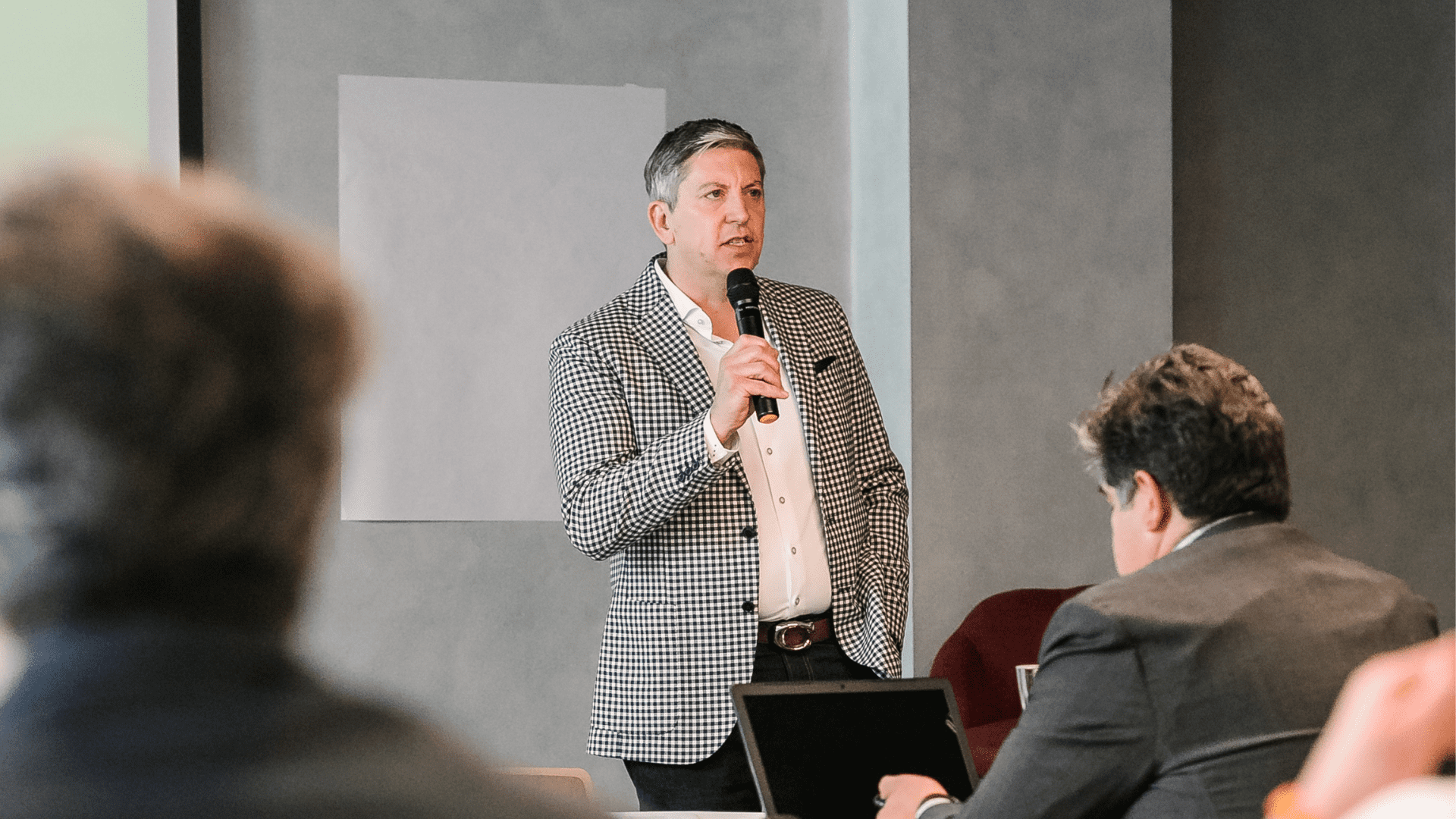12/07/2023
Managing Successful Change: Embracing Agility and Transformation
Business advisory
Jason Langford-Brown
Jason Langford-Brown hosted a webinar for TGSU called “Managing Successful Change”. Here’s what you need to know!
Change is an inevitable part of organizational growth and adaptability. In today’s fast-paced world, the rate of change is accelerating, requiring businesses to be agile and responsive to stay ahead. According to recent studies, the average organization has experienced five enterprise changes in the past three years, and an overwhelming 73% expect even more change initiatives in the near future. It is clear that executives have no choice but to navigate the complex landscape of organizational change drivers.
A New Approach to Effective Change Management
However, despite the necessity of change, many organizations struggle to implement it effectively. Astonishingly, only one-third of change efforts are considered clear successes, while 16% show mixed results, and half are outright failures. This leads to declining productivity, stalled projects, and poor returns on change investments. It’s a troubling reality that needs to be addressed.
Why do 70% of change initiatives fail? It’s time to imagine the possibilities if we could reduce that figure to below 30%. The key lies in understanding that people don’t inherently dislike change; rather, it is often the pace and discomfort associated with change that creates resistance. Surprisingly, research reveals that 64% of employees possess the necessary skills for change, and 74% are willing to adapt. However, only 26% of employees effectively support change, and within that group, 17% admit to adapting too slowly. To bridge this gap between intent and outcome, a new approach to change management is required.
Un-freeze, Change, Re-freeze
Renowned psychologist Kurt Lewin once said, “Un-freeze, Change, Re-freeze.” His words still resonate today, emphasizing the importance of unlearning and relearning in the face of change. As leaders, we must recognize that the capabilities that have brought us success thus far may not sustain us in the future. Continuous adaptation is vital.
When it comes to change projects, less is often more. It’s essential to ask ourselves three critical questions. First, are we effectively “un-freezing” the organization and individuals before initiating change, and are we providing sufficient support during the “re-freezing” phase to solidify new practices? Second, we must evaluate our leadership skills. Are we cultivating the necessary qualities to navigate and inspire change effectively? Lastly, are we overwhelming our organization with too many change projects simultaneously? Focusing on a few key initiatives allows for a more concentrated effort and a higher chance of success.
Readiness, Capability, and Beliefs
To achieve change success, we need to consider a model comprising three core factors: readiness, capability, and beliefs. Readiness accounts for 30% of change success and refers to the organization and people’s preparedness to embrace change. Capability, representing 40% of success, encompasses the skills, training, and resources necessary for implementing change effectively. Lastly, beliefs, contributing to 30% of success, refers to the overall attitude of the organization towards change.
Managing successful change requires embracing agility, adopting a transformational leadership mindset, and focusing on a few key change projects. By understanding the factors that contribute to change success and addressing the gap between intent and outcome, organizations can unlock their potential for growth, profitability, and employee satisfaction. Change is not to be feared but rather embraced as an opportunity for progress and innovation. Together, let us shape a future where change is met with enthusiasm, productivity soars, and organizations thrive in a rapidly evolving world.
Registering for all courses on TGS U can help you stay continually updated.



